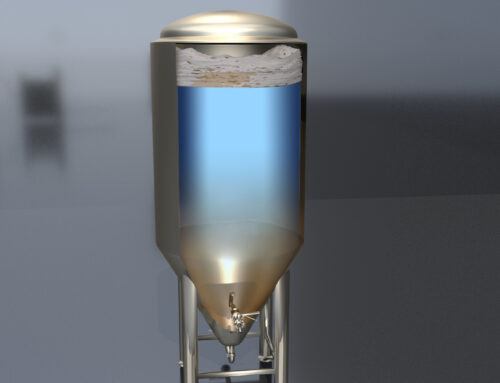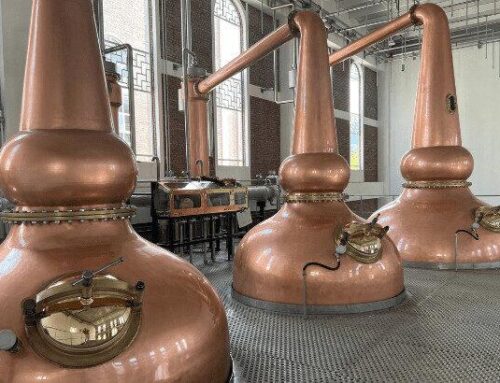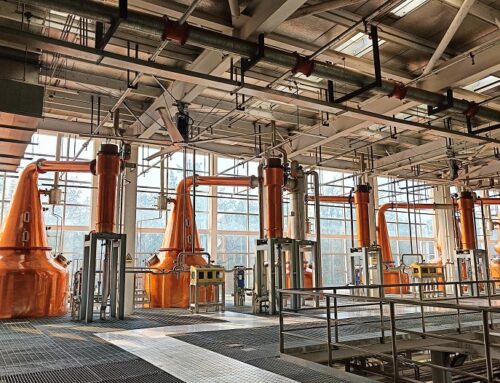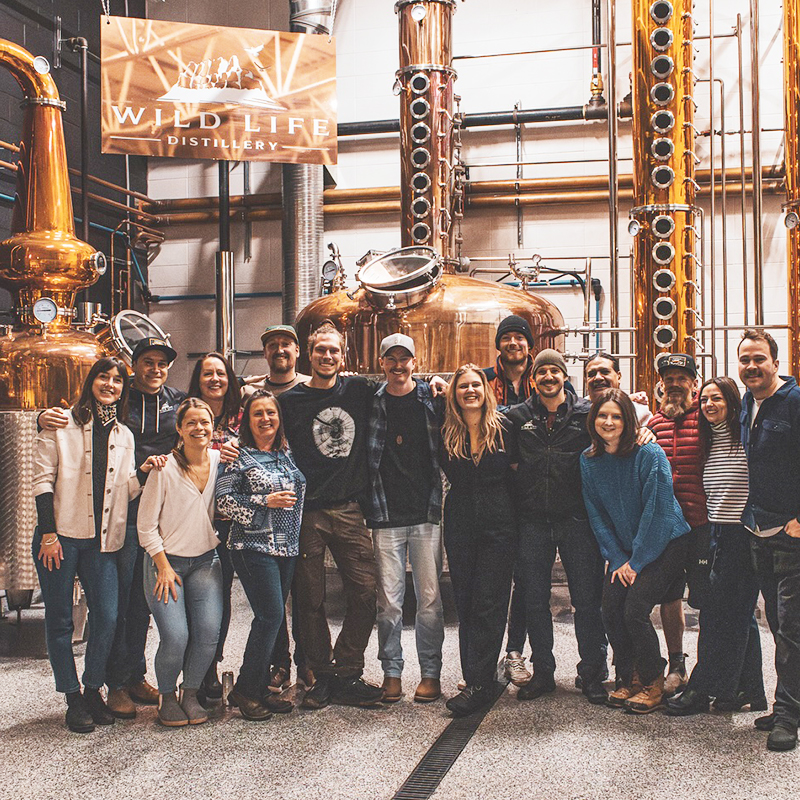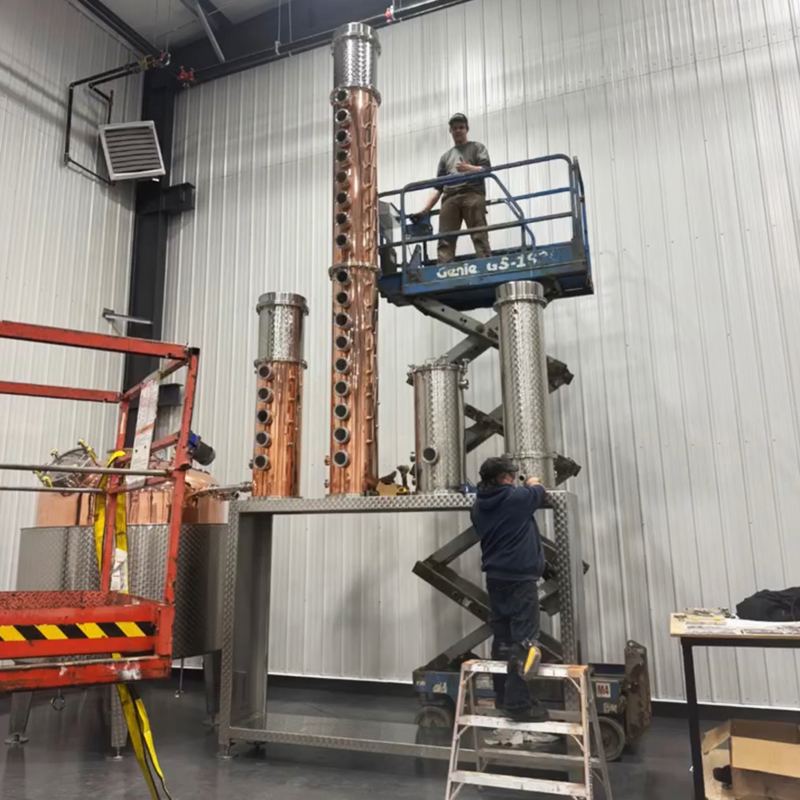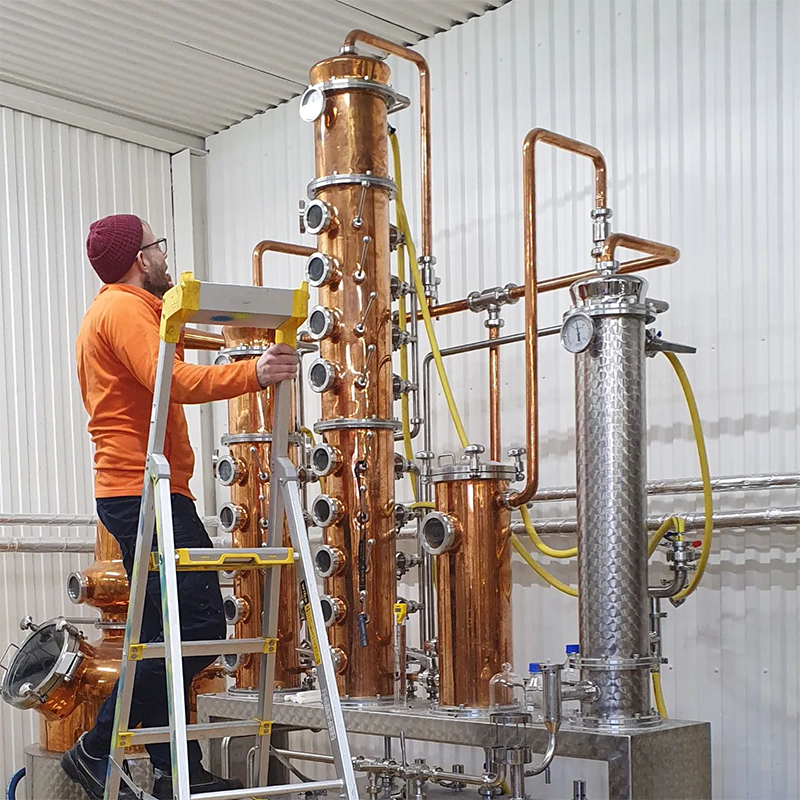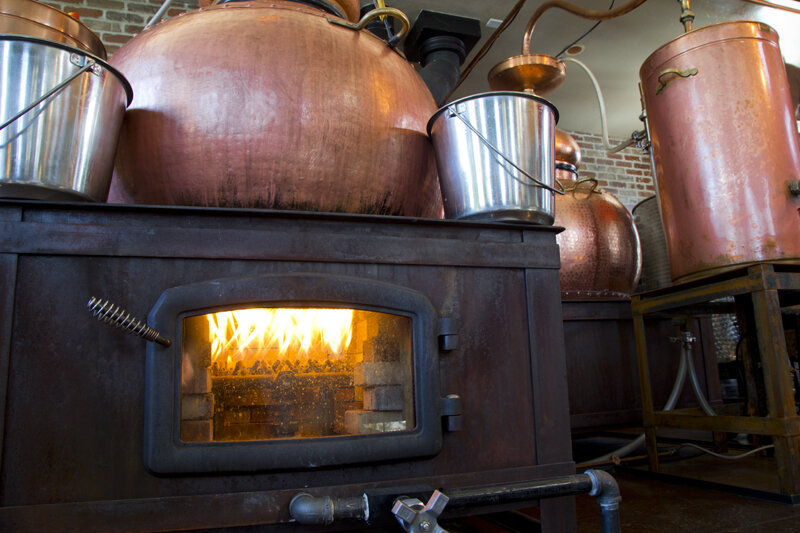
What are the Benefits of Direct Fire Heating of Whiskey?
Whiskey production is an intricate art that marries tradition with modern technology. At the heart of this craft lies the distillation process, where the choice of heating method plays a crucial role in defining the character, flavor, and quality of the final product. Among the various heating techniques, direct fire heating stands out for its historical significance and unique contribution to whiskey’s distinct taste and aroma. In this article, we will explore the benefits of direct fire heating in whiskey production, examining how this time-honored method influences the distillation process and the resulting spirit.
Direct Fire Heating in Whiskey Distillation
Direct fire heating is one of the oldest methods used in whiskey distillation. This technique involves the direct application of an open flame to the base of the still, typically a pot still made of copper. Unlike indirect methods such as steam jackets or internal coils, direct fire allows for a more intimate interaction between the heat source and the liquid being distilled.
The direct fire heating method harkens back to the origins of whiskey-making, where wood, coal, or gas flames provided the necessary heat to initiate the distillation process. While modern distilleries have embraced advanced technologies, many renowned producers still choose direct fire heating for its unique impact on the whiskey’s characteristics.

The Benefits of Direct Fire Heating
1. Enhanced Flavor Development
One of the most significant advantages of direct fire heating is its contribution to flavor development. The intense and uneven heating from an open flame leads to Maillard reactions and caramelization on the copper surface of the still. These chemical reactions create a rich array of flavors, adding complexity and depth to the whiskey.
Maillard Reactions: These are a form of non-enzymatic browning that occurs when heat interacts with amino acids and reducing sugars. In whiskey distillation, Maillard reactions produce compounds that contribute to the nutty, roasted, and toasty notes often found in the spirit.
Caramelization: The direct heat also promotes caramelization, where sugars in the wash break down and form caramel-like compounds. This adds a subtle sweetness and enhances the overall mouthfeel of the whiskey.
The nuanced interplay between these chemical processes gives direct-fired whiskeys a robust and full-bodied profile, often described as more “handcrafted” and artisanal. This characteristic is particularly appreciated in craft distilleries, where uniqueness and complexity are paramount.
2. Interaction with Copper
Copper has been the material of choice for pot stills due to its exceptional thermal conductivity and catalytic properties. Direct fire heating accentuates the benefits of copper interaction in several ways:
Catalytic Reactions: Copper catalyzes various reactions that remove unwanted sulfur compounds, which can impart off-flavors to the spirit. The high temperatures of direct fire enhance these reactions, leading to a cleaner and purer whiskey.
Heat Distribution: The conductivity of copper ensures even heat distribution across the surface of the still. Although direct fire can cause temperature gradients, the copper’s properties help mitigate hot spots, allowing for controlled heating and efficient distillation.
Influence on Esters and Phenolics: Copper also interacts with fatty acids and alcohols to produce esters and phenolics, contributing to the fruity and floral notes in whiskey. Direct fire heating facilitates these reactions by providing the necessary energy for their formation.
The synergistic relationship between direct fire heating and copper underscores the traditional craftsmanship inherent in whiskey production, offering a more hands-on and tactile approach to distillation.
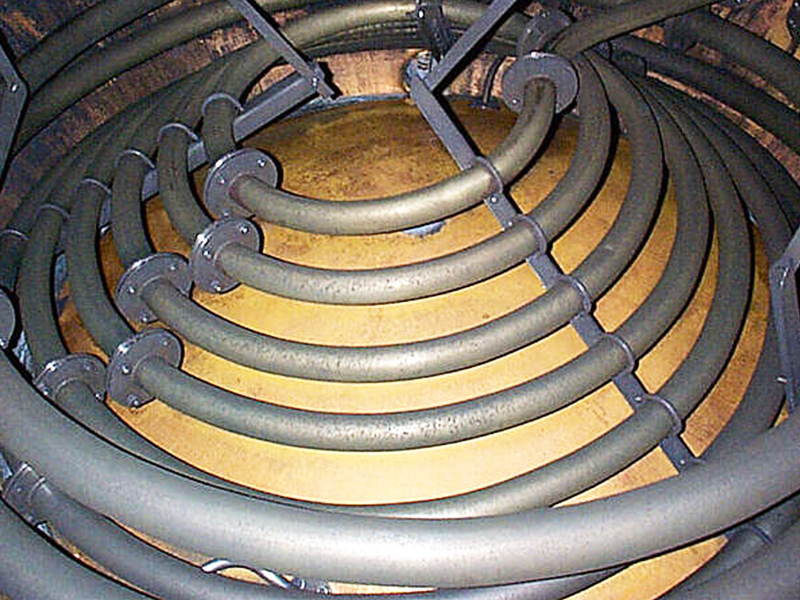
Direct fire heating remains a cherished method in whiskey distillation, offering a unique blend of tradition, craftsmanship, and flavor enhancement. Its ability to impart complex flavors, facilitate copper interaction, and evoke a sense of authenticity makes it a valuable choice for distilleries seeking to create distinctive and memorable whiskeys.

